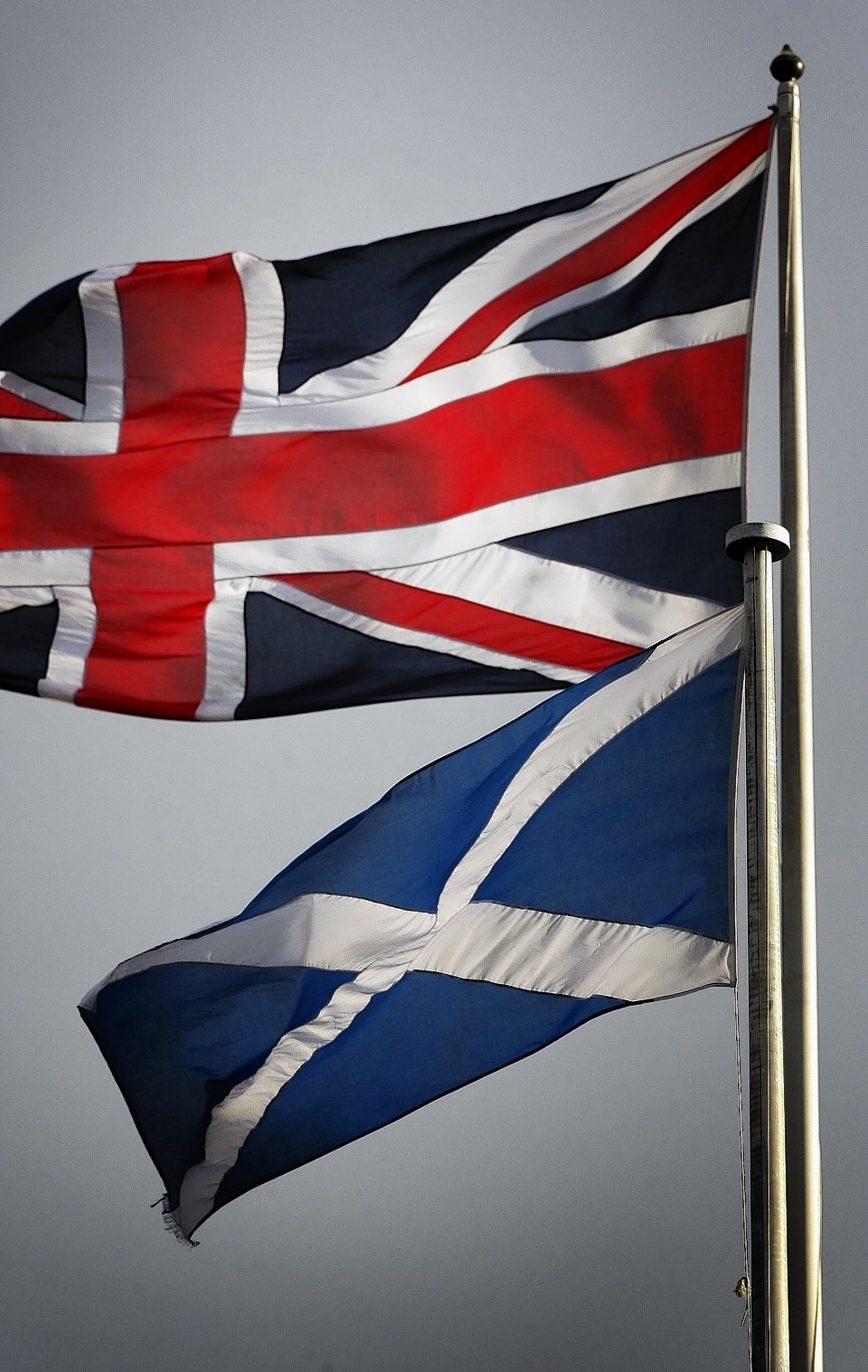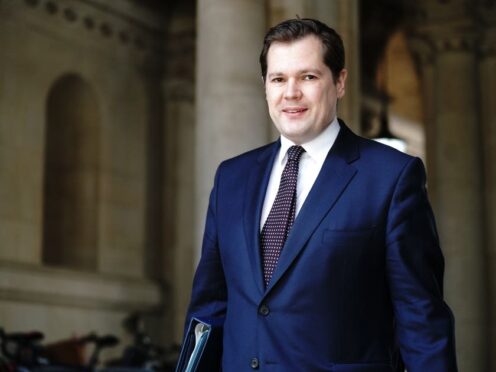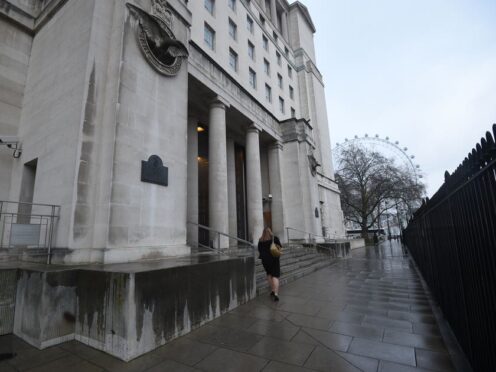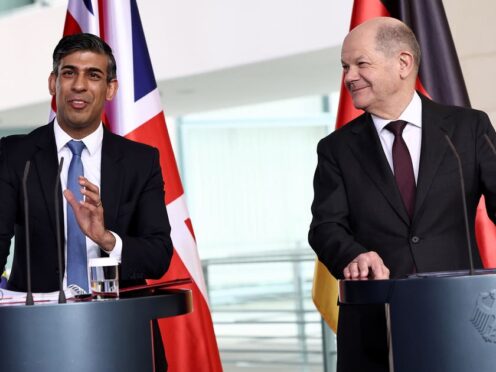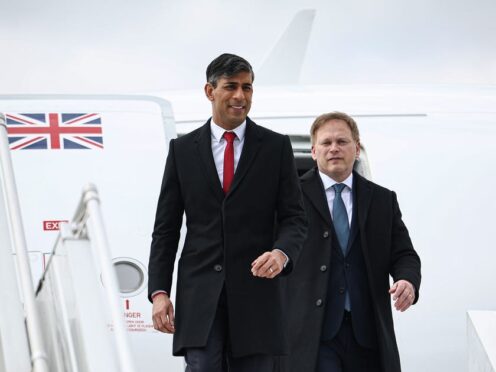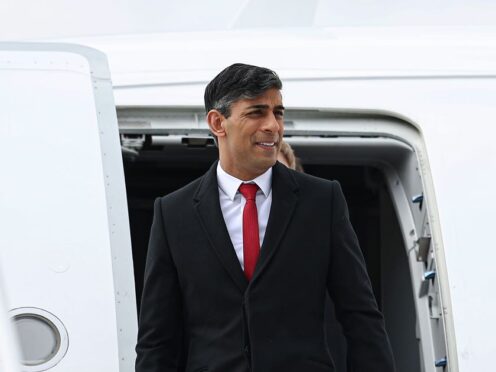An SNP MP has admitted that Scottish independence would lead to economic “pain” for five years.
George Kerevan, who sits on the Treasury Select Committee, confirmed that tax rises and spending cuts would be necessary to balance Scotland’s books.
And he added an independent Scottish Government would have to flog state assets to the highest bidder in an effort to boost its cash reserves if it chose to use a new currency.
However, Mr Kerevan insisted the measures could turn Scotland into an “economic powerhouse” free from “the ball and chain of the UK’s endemic low productivity” after Brexit.
Scottish Labour immediately rounded on the comments, which Jackie Baillie branded “astounding”.
Nicola Sturgeon has already said a second independence referendum is “on the table” after the Brexit vote, while hinting a vote could take place as early as next year.
But Mr Kerevan said: “Scotland’s post-independence fiscal consolidation should take only five years, lifting her economy on to a highproductivity, high-growth path by shifting resources from consumption to investment.
“That’s painful in the immediate short term, but it will allow Scotland to escape the ball and chain of the UK’s endemic low productivity.”
He maintained that joining the Euro was a “non-starter” and instead suggested it would be possible to establish a new Scottish pound.
Mr Kerevan added: “A separate Scottish currency, pegged to sterling, would necessitate fiscal consolidation to assuage the foreign exchange markets.
“It would certainly be doable, but would require independent Scotland to cut its budget coat to fit its fiscal means.”
In response, Ms Baillie argued that the SNP should be focusing on keeping Scotland in the EU rather than independence.
She said: “At a time when our public services are already facing significant cuts, and more uncertainty with Brexit, it is astounding that a senior SNP MP would suggest making further cuts to Scotland’s budget.
“George Kerevan and the SNP owe Scots an explanation of where these cuts will fall.
“George Kerevan is the SNP’s only representative on one of Westminster’s most influential committees. When he says “fiscal consolidation”, what he means is more cuts to Scotland’s public services and pain for hard-working people who rely on them.
“Labour has given Nicola Sturgeon and the Scottish Government our full support to act in good faith to find a solution that maintains our relationship with the EU and keeps us in the UK.
“People across Scotland voted in overwhelming numbers to maintain our relationship with the EU and UK.
“The focus and energy of the SNP and the Scottish Government should be on respecting both mandates of the people of Scotland.”
